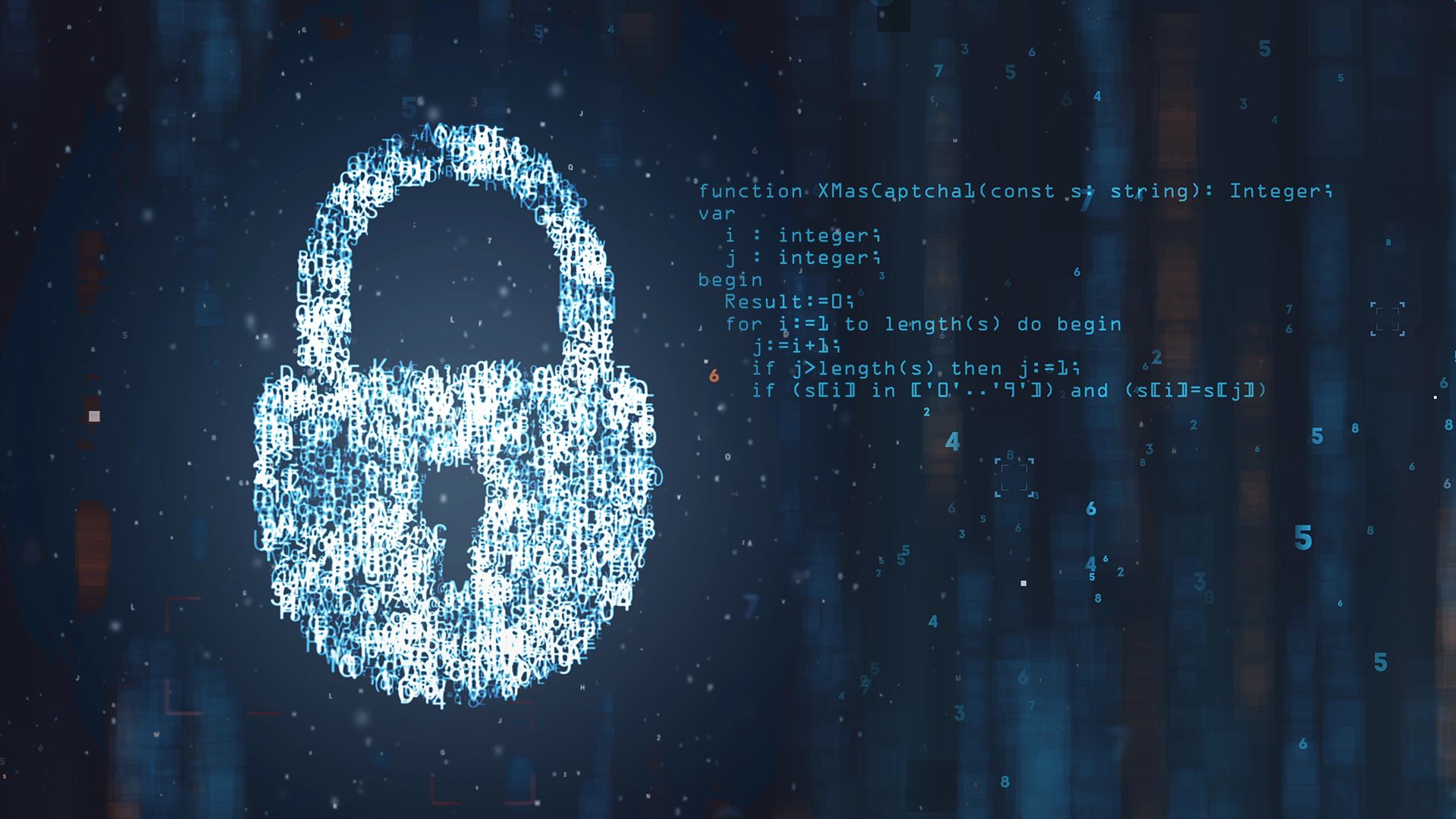Understanding Poke the Bear Cyber Strategy: Complete Info
- Get link
- Other Apps
In the realm of cybersecurity, the phrase "poke the bear" conjures an image of intentionally aggravating a powerful entity to observe its response. This analogy aptly describes a specific type of cyber attack known as the "poke the bear" attack. This tactic involves provoking a target—be it a network, system, or individual—to elicit a reaction that can be studied and potentially exploited. In this comprehensive guide, we will delve into the intricacies of poke the bear cyber-attacks, with a particular focus on its application to Wi-Fi networks and its broader implications in the cybersecurity landscape.
What is a Poke the Bear Cyber Attack?
A poke the bear cyber-attack is a strategic maneuverer where attackers deliberately antagonize a target to gauge its defences and reactions. Unlike traditional cyber-attacks that aim for immediate disruption or data theft, poke the bear attacks are more exploratory. They seek to uncover weaknesses, gather intelligence, and potentially pave the way for more significant attacks in the future.
Key Characteristics of Poke the Bear Cyber Attacks
1. Provocation: The primary goal is to provoke a reaction from the target.
2. Observation: Attackers meticulously observe the target's response to identify vulnerabilities.
3. Exploration: The attack is often part of a larger reconnaissance mission to gather intelligence.
4. Exploitation: Information gleaned from the attack can be used to plan more sophisticated assaults.
Poke the Bear Attack on Wi-Fi Networks
Wi-Fi networks are particularly susceptible to poke the bear attacks due to their ubiquitous nature and the potential for various entry points. Here's how these attacks can manifest in Wi-Fi environments:
1. Probing for Weaknesses
Attackers may conduct continuous scanning of Wi-Fi networks to identify access points with weak security measures. This could involve:
- Brute Force Attacks: Repeatedly attempting to guess passwords to gain unauthorized access.
- Rogue Access Points: Setting up unauthorized access points to intercept and analyse traffic.
- De-authentication Attacks: Forcing devices to disconnect from the network, prompting them to reconnect and potentially revealing passwords or other sensitive information.
2. Monitoring Network Traffic
Once a foothold is established, attackers monitor network traffic to understand the flow of data, identify critical devices, and determine the best points of attack. They may use tools like Wireshark to capture and analyse packets, looking for unencrypted data or patterns that can be exploited.
3. Exploiting Human Factors
Poke the bear attacks often leverage social engineering techniques to exploit human weaknesses. For instance:
- Phishing: Sending deceptive emails to trick users into revealing their credentials or downloading malicious software.
- Baiting: Leaving infected USB drives in public places to tempt users into plugging them into their computers, thereby compromising the network.
Broader Implications of Poke the Bear Attacks
While Wi-Fi networks are a common target, poke the bear attacks can be applied to various aspects of cybersecurity. Understanding these broader implications helps in comprehending the full scope of this tactic.
1. DDoS Attacks
Distributed Denial of Service (DDoS) attacks are a classic example of poke the bear tactics. By overwhelming a network with traffic, attackers force the target to implement defensive measures, which can then be studied and potentially bypassed in future attacks.
2. Network Scanning and Penetration Testing
Ethical hackers and penetration testers use similar techniques to identify vulnerabilities within a network. The key difference is intent—while ethical hackers aim to strengthen security, malicious actors seek to exploit weaknesses.
3. Social Engineering
Social engineering remains a powerful tool in poke the bear attacks. By manipulating human behaviour, attackers can gain access to restricted areas, extract sensitive information, and compromise systems without resorting to technical exploits.
Mitigating Poke, the Bear Cyber Attacks
Preventing and mitigating poke the bear attacks requires a multifaceted approach that encompasses both technical and human factors.
1. Strengthening Technical Defences
- Regular Updates: Ensure all software and firmware are up to date to protect against known vulnerabilities.
- Strong Encryption: Use strong encryption protocols for Wi-Fi networks (e.g., WPA3) to prevent unauthorized access.
- Intrusion Detection Systems (IDS): Implement IDS to monitor network traffic for suspicious activity and alert administrators to potential threats.
2. Enhancing Human Awareness
- Training Programs: Conduct regular cybersecurity training for employees to recognize and respond to phishing attempts and other social engineering tactics.
- Simulated Attacks: Perform regular simulated attacks (e.g., phishing tests) to assess and improve employee readiness.
- Incident Response Plans: Develop and regularly update incident response plans to ensure quick and effective action in the event of an attack.
3. Adopting a Proactive Stance
- Threat Intelligence: Stay informed about the latest threats and attack vectors through threat intelligence services.
- Penetration Testing: Regularly conduct penetration testing to identify and remediate vulnerabilities before attackers can exploit them.
- Red Team Exercises: Engage in red team exercises where security experts simulate attacks to test the effectiveness of security measures.
Conclusion
The concept of the poke the bear attack highlights the evolving nature of cyber threats. By provoking and studying a target's reactions, attackers can uncover valuable information that aids in more devastating future attacks. Understanding this tactic is crucial for developing robust defence mechanisms and fostering a culture of vigilance within organizations. Whether targeting Wi-Fi networks or broader cybersecurity infrastructure, the principles of poke the bear attacks underscore the importance of a proactive and comprehensive approach to cybersecurity. By strengthening technical defences, enhancing human awareness, and adopting a proactive stance, organizations can better protect themselves against these and other emerging threats.
Also check my latest blogs:
- Get link
- Other Apps






Comments
Post a Comment
Any doubt, let me know